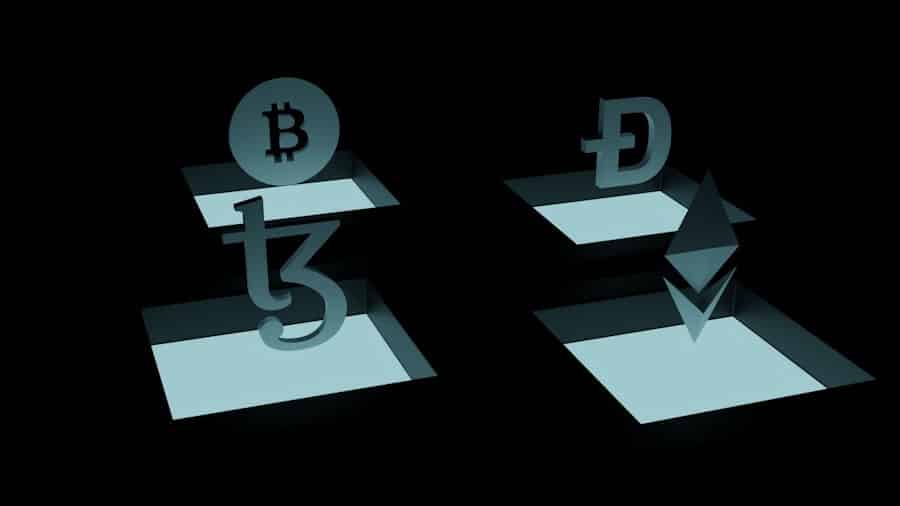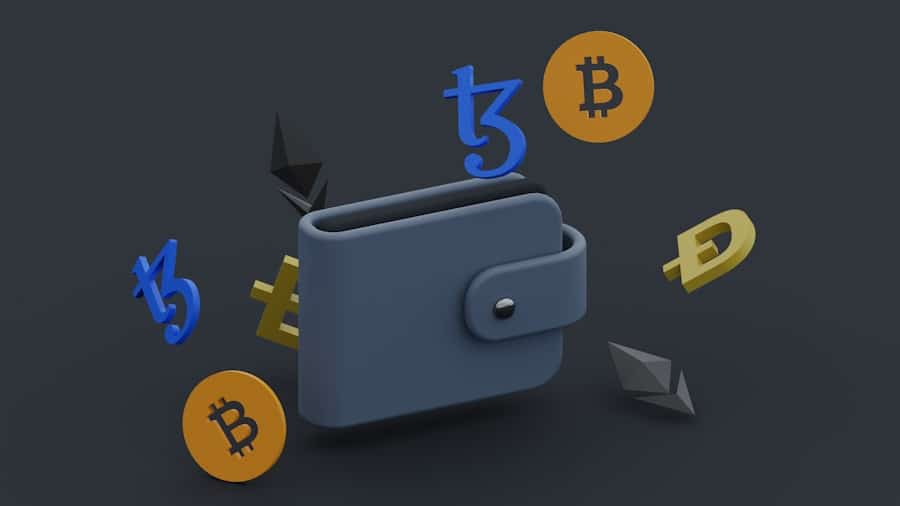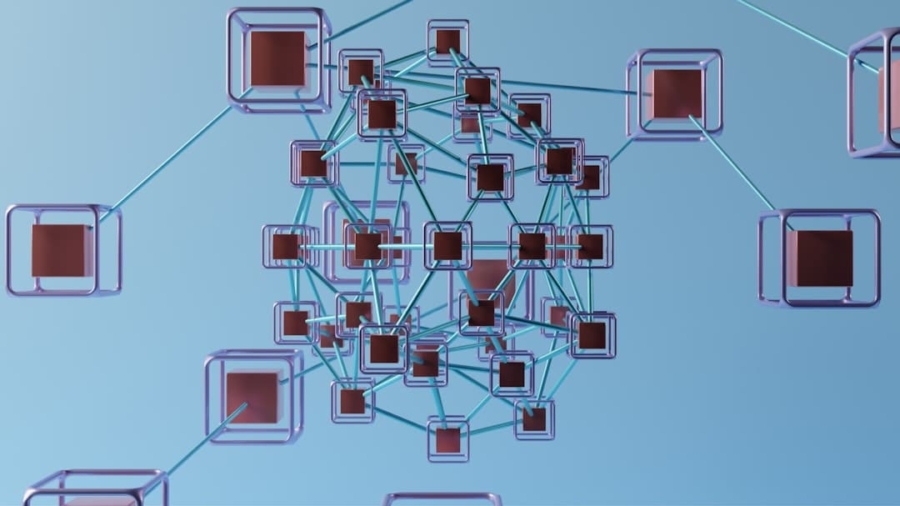Electronic Medical Records (EMRs) have revolutionized the way healthcare providers manage patient information. Unlike traditional paper records, EMRs are digital versions of the paper charts in a clinician’s office, containing the medical and treatment histories of patients. They are designed to streamline the process of storing, retrieving, and sharing patient data, thereby enhancing the efficiency of healthcare delivery.
EMRs can include a wide array of information, such as patient demographics, medical history, medications, allergies, lab results, and radiology images. The transition from paper to electronic records has not only improved accessibility but has also facilitated better coordination among healthcare providers. The adoption of EMRs has been driven by various factors, including the need for improved patient care, regulatory requirements, and the push for healthcare organizations to adopt technology that enhances operational efficiency.
The Health Information Technology for Economic and Clinical Health (HITECH) Act of 2009 incentivized healthcare providers to adopt EMRs by offering financial support. As a result, a significant number of healthcare facilities have transitioned to electronic systems. However, while EMRs offer numerous benefits, they also present challenges, particularly concerning data security and patient privacy.
As healthcare organizations increasingly rely on digital records, the importance of safeguarding this sensitive information cannot be overstated.
Key Takeaways
- Electronic Medical Records (EMRs) are digital versions of patients’ paper charts and are used to store and manage patient health information.
- Securing EMRs is crucial to protect sensitive patient data from unauthorized access, theft, or tampering.
- Blockchain technology is a decentralized, distributed ledger that provides a secure and transparent way to record transactions and track assets.
- Blockchain can secure EMRs by providing a tamper-proof and transparent system for storing and accessing patient data.
- Using blockchain for medical record security offers advantages such as enhanced data security, interoperability, and patient control over their own data.
The Importance of Securing Electronic Medical Records
The security of Electronic Medical Records is paramount due to the sensitive nature of the information they contain. Patient data is not only personal but also critical for effective treatment and care. Unauthorized access to EMRs can lead to identity theft, insurance fraud, and other malicious activities that can have devastating consequences for patients.
Moreover, breaches in data security can undermine trust in healthcare systems and deter patients from seeking necessary medical care. The ramifications of compromised medical records extend beyond individual patients; they can affect entire healthcare organizations, leading to financial losses, legal repercussions, and damage to reputation. Healthcare organizations face a myriad of threats when it comes to securing EMRs.
Cyberattacks, such as ransomware and phishing schemes, have become increasingly sophisticated and prevalent. For instance, in 2020, the U.S. Department of Health and Human Services reported a surge in cyberattacks targeting healthcare providers amid the COVID-19 pandemic.
These attacks not only disrupt operations but also put patient safety at risk by potentially delaying critical care. Consequently, it is essential for healthcare organizations to implement robust security measures that protect EMRs from unauthorized access and ensure compliance with regulations such as the Health Insurance Portability and Accountability Act (HIPAA).
Understanding Blockchain Technology

Blockchain technology is a decentralized digital ledger system that records transactions across multiple computers in such a way that the registered transactions cannot be altered retroactively without the alteration of all subsequent blocks and the consensus of the network. This technology was originally developed as the backbone for cryptocurrencies like Bitcoin but has since found applications across various industries due to its inherent security features. At its core, blockchain operates on principles of transparency, immutability, and decentralization, making it an attractive solution for securing sensitive data.
The structure of a blockchain consists of blocks that contain transaction data, a timestamp, and a cryptographic hash of the previous block. This chaining of blocks creates a secure and verifiable record of all transactions.
Additionally, because there is no central authority controlling the blockchain, it is resistant to single points of failure or manipulation. These characteristics make blockchain an appealing option for industries that require secure data management, including healthcare.
How Blockchain Can Secure Electronic Medical Records
Blockchain technology can significantly enhance the security of Electronic Medical Records by providing a decentralized framework for storing and sharing patient data. By utilizing blockchain, healthcare organizations can create a secure environment where patient records are encrypted and stored across multiple nodes in the network. This decentralization means that even if one node is compromised, the integrity of the entire system remains intact.
Each transaction involving patient data can be recorded on the blockchain with a unique cryptographic signature, ensuring that only authorized users can access or modify the information. Moreover, blockchain’s immutability feature ensures that once data is recorded on the blockchain, it cannot be altered or deleted without consensus from the network participants. This characteristic is particularly beneficial for maintaining accurate medical records over time.
For instance, if a patient’s medical history needs to be updated due to new treatments or diagnoses, any changes would be logged as new entries rather than overwriting existing data. This creates a comprehensive audit trail that can be invaluable for both healthcare providers and patients in understanding treatment histories.
Advantages of Using Blockchain for Medical Record Security
The integration of blockchain technology into the management of Electronic Medical Records offers several advantages that enhance data security and patient privacy. One significant benefit is improved data integrity. With blockchain’s immutable nature, any attempt to alter or tamper with patient records would be immediately detectable by other network participants.
This level of transparency fosters trust among patients and healthcare providers alike, as both parties can be assured that their information remains accurate and unaltered. Another advantage is enhanced patient control over their own medical data. Blockchain allows patients to have greater ownership of their health information by enabling them to grant or revoke access to their records as needed.
This capability empowers patients to share their medical history with different healthcare providers without compromising their privacy or security. Additionally, smart contracts—self-executing contracts with terms directly written into code—can automate processes such as consent management and data sharing agreements between patients and providers, further streamlining operations while maintaining security.
Potential Challenges and Limitations of Blockchain in Medical Record Security

Despite its numerous advantages, implementing blockchain technology in securing Electronic Medical Records is not without challenges. One significant hurdle is scalability. As more healthcare providers adopt blockchain solutions, the volume of transactions can increase dramatically.
Current blockchain networks may struggle to handle this influx efficiently without compromising speed or performance. For instance, public blockchains like Bitcoin have faced criticism for their slow transaction times during peak usage periods. Another challenge lies in regulatory compliance and standardization.
The healthcare industry is heavily regulated, with strict guidelines governing how patient data must be handled and protected. Integrating blockchain solutions into existing systems requires careful consideration of these regulations to ensure compliance with laws such as HIPAA in the United States or GDPR in Europe. Additionally, there is currently no universal standard for blockchain implementation in healthcare, which can lead to fragmentation and interoperability issues among different systems.
Case Studies of Successful Implementation of Blockchain in Medical Record Security
Several organizations have begun exploring blockchain technology for securing Electronic Medical Records with promising results. One notable example is MedRec, a project developed by researchers at MIT that aims to create a decentralized system for managing electronic health records using blockchain technology. MedRec allows patients to control their own health data while enabling healthcare providers to access necessary information securely.
The pilot program demonstrated how blockchain could facilitate seamless sharing of medical records among different providers while maintaining patient privacy. Another case study involves Guardtime, which partnered with Estonia’s government to secure health records using blockchain technology.
This approach not only enhances security but also provides an immutable audit trail for all access and modifications made to patient records. The success of this implementation has led Estonia to become a leader in digital health initiatives globally.
Future Implications and Recommendations for Using Blockchain in Securing Electronic Medical Records
As the healthcare industry continues to evolve towards digital solutions, the implications of adopting blockchain technology for securing Electronic Medical Records are profound. Future developments may see increased collaboration among stakeholders—healthcare providers, technology companies, regulators—to establish standardized protocols for blockchain implementation in medical record management. Such collaboration could pave the way for more widespread adoption and integration into existing systems.
To maximize the benefits of blockchain while addressing its challenges, healthcare organizations should consider phased implementation strategies that allow for gradual integration with existing infrastructure. Additionally, investing in education and training for staff on blockchain technology will be crucial in ensuring successful adoption and utilization. As more case studies emerge demonstrating successful implementations, confidence in blockchain as a viable solution for securing Electronic Medical Records will likely grow, ultimately leading to enhanced patient care and trust in healthcare systems.
In a recent article on Conversational Commerce, the potential for blockchain technology to revolutionize the way we secure electronic medical records was discussed. The article highlighted how blockchain’s decentralized and immutable nature could provide a secure and transparent way to store sensitive patient information, ensuring privacy and data integrity. By leveraging blockchain technology, healthcare providers can enhance the security of electronic medical records and improve patient trust in the healthcare system.
FAQs
What is blockchain technology?
Blockchain technology is a decentralized, distributed ledger system that records transactions across many computers in such a way that the registered transactions cannot be altered retroactively.
How does blockchain secure electronic medical records?
Blockchain secures electronic medical records by providing a tamper-proof and transparent system for recording and sharing patient data. Each transaction is recorded in a block and linked together in a chain, making it nearly impossible to alter or delete information without detection.
What are the benefits of using blockchain for securing electronic medical records?
Some benefits of using blockchain for securing electronic medical records include enhanced security, improved data integrity, increased transparency, and better interoperability between different healthcare systems.
What are the potential challenges of implementing blockchain in healthcare for securing electronic medical records?
Challenges of implementing blockchain in healthcare for securing electronic medical records include regulatory concerns, interoperability issues, scalability, and the need for standardization and education within the industry.
How is patient privacy protected when using blockchain for electronic medical records?
Patient privacy is protected when using blockchain for electronic medical records through the use of cryptographic techniques, such as encryption and private keys, which ensure that only authorized individuals can access and view patient data.

